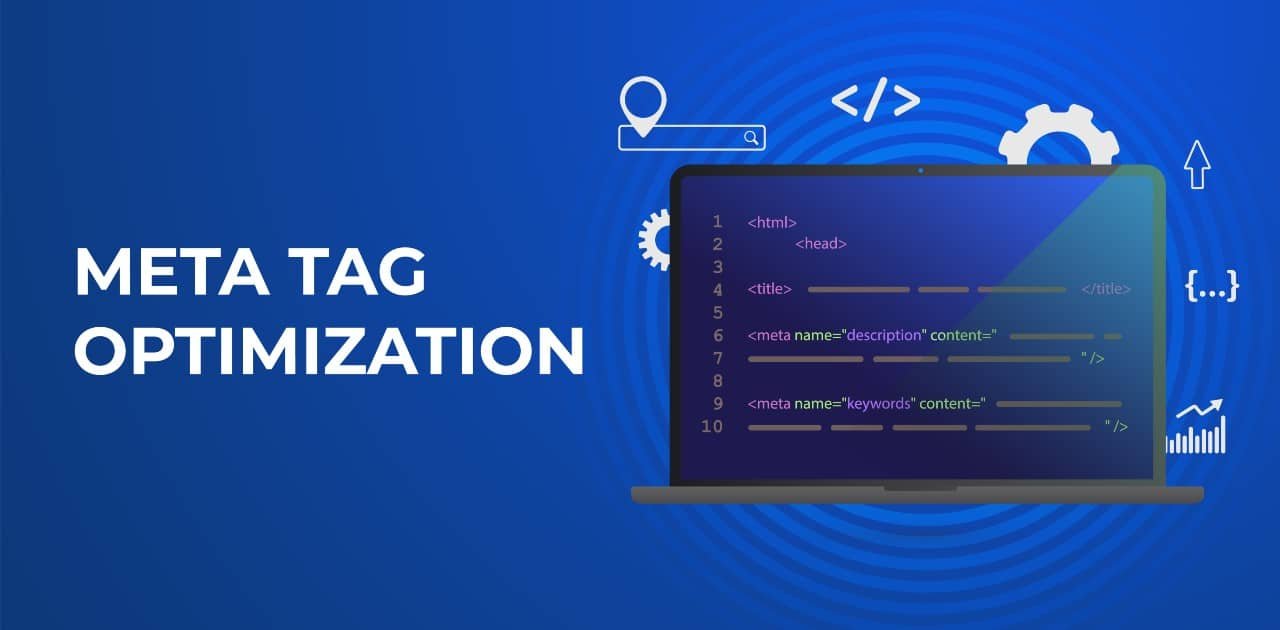In the vast world of search engine optimization (SEO), understanding and optimizing meta tags is crucial for boosting your website’s visibility and user engagement. Meta tags, small snippets of text that describe a page’s content, play a significant role in informing search engines and users about the essence of your website’s pages. Among these, the meta description, meta robots, and meta viewport tags, alongside the often-discussed title tag, stand out for their direct impact on SEO and user experience. This article delves into the art of optimizing these key tags to enhance your website’s performance in search results.
Understanding the Core Meta Tags
Meta Description: This tag offers a summary of the page’s content and is your first opportunity to attract clicks from search results. Though not a ranking factor, a compelling meta description can significantly increase your click-through rate (CTR). Keep it concise, between 150-160 characters, ensuring it’s compelling and contains relevant keywords to draw in users.
Meta Robots: This tag provides directions to search engine crawlers about indexing and following links on your page. Utilize noindex, nofollow, or noarchive values to control the visibility and behavior of your pages in search results, guiding search engines on pages you prefer to keep private or out of the index.
Meta Viewport: Essential for responsive design, the meta viewport tag ensures your site is optimized for viewing on various devices, particularly mobile. Implementing a proper viewport tag, such as <meta name="viewport" content="width=device-width, initial-scale=1.0">, is critical for improving user experience and adhering to mobile-first indexing practices.
Title Tag (Meta Title): Though technically not a meta tag, the title tag is pivotal in SEO, acting as the headline in search results and the first indicator of your page’s relevance to user queries. A well-optimized title tag should be succinct, incorporate primary keywords, and include your brand name if applicable, all within 50-60 characters to ensure full visibility in search results.
Optimizing Your Meta Tags: Best Practices
Optimizing meta tags is more than just a technical task; it’s about enhancing both user experience and your website’s communication with search engines. Here are some best practices to follow:
- Be Descriptive and Concise: Whether it’s your meta description or title tag, clarity and relevance should be your guiding principles. Avoid overstuffing with keywords, and focus on providing value to the reader.
- Ensure Uniqueness Across Pages: Duplicate tags can confuse search engines and dilute your SEO efforts. Make sure each page has a unique title and description that accurately reflects its content.
- Leverage the Meta Robots Tag Wisely: Use this tag to manage search engine access to your content carefully, ensuring that only your most valuable pages are indexed.
- Prioritize Mobile Usability: With the meta viewport tag, ensure your website is accessible and user-friendly across all devices, aligning with Google’s mobile-first indexing.
Conclusion
Meta tag optimization is a foundational SEO strategy that enhances both your website’s search engine rankings and the user experience. By focusing on the key tags discussed—meta description, meta robots, meta viewport, and the title tag—you can create a more engaging and accessible website. Remember, SEO is an ongoing process, and keeping your meta tags updated and optimized is part of maintaining your site’s relevance and visibility in the ever-evolving digital landscape.
Also, read more at “kiendel.com“
